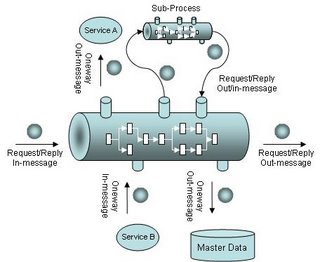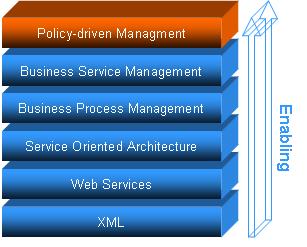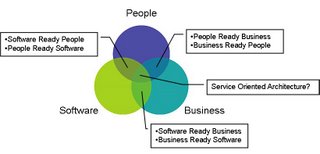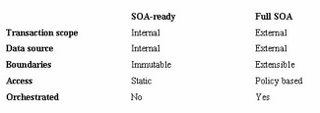Think about the code you are writing for a second. Where do you implement the business process? First of all, let's define a business process.

Figure 1: Process flow is like a pipeline controlling access to the business objects over time.
A business process controls the state of a business object over time. Think of a process as a pipeline controlling incoming and outgoing messages, from and to the process flow. Only predetermined access is allowed to change the state of the business objects. This is just like normal code execution. No one except the programmer can control the flow of the execution for a specific program.
puts("Enter your age:");
gets(age);
if (age>30)
printf("Welcome! Enter your name please:");
else
printf("Yo! What's your name?:");
gets(name);
printf("Hello, %s", name);
In the code above the flow defines how we are handle the dialog with the outside world in C, just like a pipeline. No one can change this flow after it's deployed. This code is totally in control over the state change of the dialog. Eventhough a modern programmer writes code in this way, the general business application never controls the business objects. Why is that?
System design as it is practiced today, business processes are everywhere and anywhere. They are implemented in the database as triggers/SPs, in windows services, in web applications, in desktop apps and in middleware. The processes is not centric (like the C code) and cannot be controlled and managed in a centralized manner.
The reason for scattered process definitions or no process definition at all is deeply rooted in the programmers mind. He takes control over his execution flow, but doesn't take control and responsibility for the business flow. Instead of taking control over the business flow, the business objects are open for arbitrary access and state modification over time. A programmer's way of thinking is related to not understanding the business' needs, but also in the lack of tools and languages for writing process-centric applications.
Controlling the business process will result in a new way of designing applications. Start now, take control over your processes!



